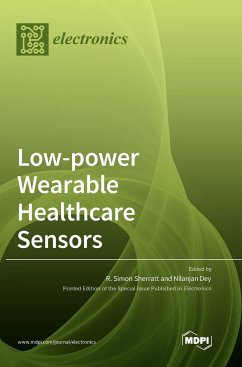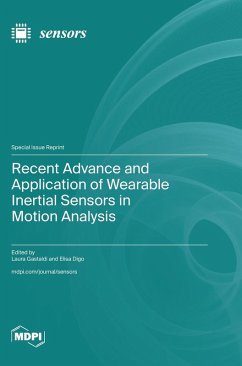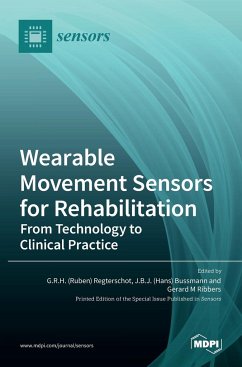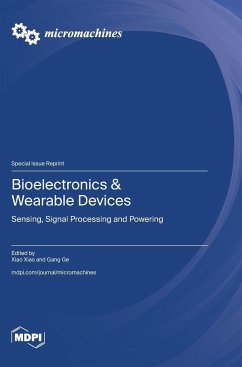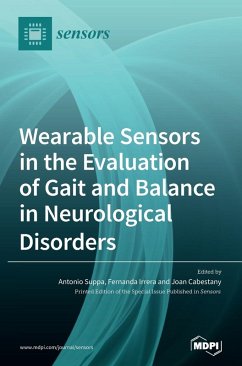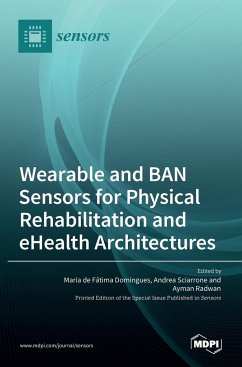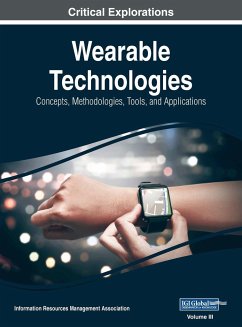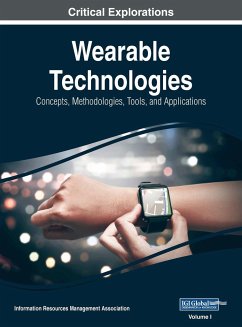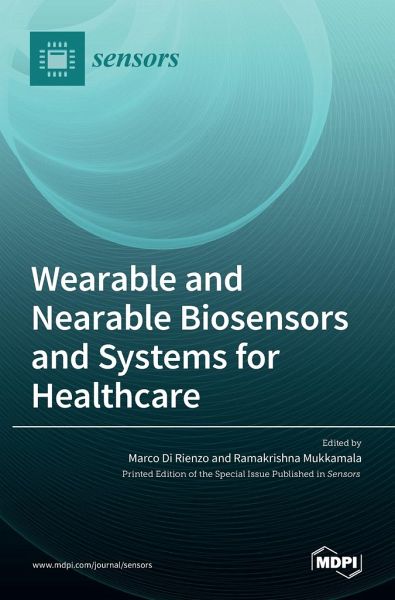
Wearable and Nearable Biosensors and Systems for Healthcare
Versandkostenfrei!
Versandfertig in 1-2 Wochen
69,99 €
inkl. MwSt.

PAYBACK Punkte
35 °P sammeln!
Biosensors and systems in the form of wearables and "nearables" (i.e., everyday sensorized objects with transmitting capabilities such as smartphones) are rapidly evolving for use in healthcare. Unlike conventional approaches, these technologies can enable seamless or on-demand physiological monitoring, anytime and anywhere. Such monitoring can help transform healthcare from the current reactive, one-size-fits-all, hospital-centered approach into a future proactive, personalized, decentralized structure. Wearable and nearable biosensors and systems have been made possible through integrated in...
Biosensors and systems in the form of wearables and "nearables" (i.e., everyday sensorized objects with transmitting capabilities such as smartphones) are rapidly evolving for use in healthcare. Unlike conventional approaches, these technologies can enable seamless or on-demand physiological monitoring, anytime and anywhere. Such monitoring can help transform healthcare from the current reactive, one-size-fits-all, hospital-centered approach into a future proactive, personalized, decentralized structure. Wearable and nearable biosensors and systems have been made possible through integrated innovations in sensor design, electronics, data transmission, power management, and signal processing. Although much progress has been made in this field, many open challenges for the scientific community remain, especially for those applications requiring high accuracy. This book contains the 12 papers that constituted a recent Special Issue of Sensors sharing the same title. The aim of the initiative was to provide a collection of state-of-the-art investigations on wearables and nearables, in order to stimulate technological advances and the use of the technology to benefit healthcare. The topics covered by the book offer both depth and breadth pertaining to wearable and nearable technology. They include new biosensors and data transmission techniques, studies on accelerometers, signal processing, and cardiovascular monitoring, clinical applications, and validation of commercial devices.





